NEW YORK, N.Y., USA: One of the benefits the exhibit floor of major conferences such as the Greater New York Dental Meeting offer is the ability to encounter fellow dentists who are already using the technology or instrument you’re considering. Those visiting the Ellman International booth at the New York meeting need not rely on happenstance for such an encounter.
John Brescia, DDS, was on hand to share his in-practice perspective on Ellman’s radiofrequency surgical system. For those stopping by the booth, there was a good chance that while getting insights from Brescia, a general dentist, periodontist, oral surgeon or other professional would stop to add his or her own impromptu endorsement. It’s that type of technology. Converts can’t seem to resist becoming advocates.
“I don’t use a scalpel anymore,” Brescia said. “This completely replaces it. Everything I previously did with a scalpel, I can do with this. Except it’s easier to use, has excellent control of bleeding and has exceptional esthetic results.”
Ellman Senior Sales Manager Scott Berger said the RF system’s broad range of capabilities prompts interest from every sector of dentistry. “It’s not limited to specific uses,” Berger said. “It can be used for more than 30 different dental procedures.” The technology appeals not only to dentists ready to move beyond the scalpel, it also attracts those looking for an alternative to lasers and electrocautery units.
Brescia has been using the technology in his private practice in Chicago for almost 25 years, consistently upgrading as Ellman releases advancements.
“Another benefit is that it’s more ergonomic,” Brescia said. “A scalpel doesn’t allow ease of access to difficult areas of the mouth the way this does. It’s a micro-fine surgery tool; and that’s what most dentists are — we’re micro-surgeons. We work in small, defined areas of the teeth where ‘less is more.’ We want to be minimally invasive, and that’s what this allows us to do.”
According to the company, cutting soft tissue with high-frequency radio waves instead of light waves reduces heat, so there is no charring, and there is minimal — if any — bleeding. Instead, as water in the tissue is volatilized the process aids coagulation.
“The less heat, the less the post-operative sensitivity,” Brescia said. “And typically, no analgesics are required. It’s also more portable, has lower maintenance costs than a laser and enables a quicker return on investment.”
“It’s a true workhorse,” Berger said. “You can use it for so many procedures — and there’s less healing time needed and less discomfort for your patients.”
CHICAGO, Ill., USA: Convergent Dental, developer of Solea, a computer-aided, CO2 all-tissue dental laser system, is announcing the launch of Solea SW 3.1.1 ...
SOUTH JORDAN, Utah, USA: Ultradent Products Inc. has partnered with Solutionreach, a cloud-based platform of solutions for improving the success of health ...
Vancouver/New York, USA: Dentists might find it awkward to treat patients who are in wheelchairs. For those who can’t be transferred into a dental ...
Clinicians who strive to increase the effectiveness of their practices seek products that can engage everyone in a practice, help streamline the clinical ...
WASHINGTON, US: Covering everything, including composite fillings and disposable suction tips, plastics are woven into all aspects of modern dental care. ...
A patient who is happy with his or her smile will ultimately be a more compliant patient. One of the easiest and most significant methods to achieving an ...
Highly anxious patients, atypical nerve anatomy, irreversibly inflamed lower molars and past experiences of poor anesthesia all combine to create the ...
This article illustrates recent advancements by Glidewell Laboratories to improve the esthetic properties of BruxZir Solid Zirconia restorations. As the ...
BUFFALO, N.Y., US: Formation of an effective soft-tissue seal around dental implants can be supported by modifying implant surfaces. A research team from ...
The removable denture may seem an outdated rehabilitation. However, it is the foundation on which all prosthetic procedures are based; therefore, it is ...
Live webinar
Wed. 14 January 2026
12:00 PM EST (New York)
Dr. Théo Laplane, Dr. Robert Gottlander DDS
Live webinar
Fri. 16 January 2026
12:00 PM EST (New York)
Live webinar
Mon. 19 January 2026
1:00 PM EST (New York)
Philipp Kopp, Michael Seeber
Live webinar
Thu. 22 January 2026
9:00 AM EST (New York)
Prof. Judith Jones D.D.S; M.P.H., Prof. Kakuhiro Fukai D.D.S., Ph.D, Dr. Bathsheba (Bethy) Turton
Live webinar
Thu. 22 January 2026
2:00 PM EST (New York)
Dr. Nicola M. Grande DDS, PhD
Live webinar
Wed. 28 January 2026
8:00 AM EST (New York)
Live webinar
Wed. 28 January 2026
11:00 AM EST (New York)
Prof. Dr. Jan-Frederik Güth



 Austria / Österreich
Austria / Österreich
 Bosnia and Herzegovina / Босна и Херцеговина
Bosnia and Herzegovina / Босна и Херцеговина
 Bulgaria / България
Bulgaria / България
 Croatia / Hrvatska
Croatia / Hrvatska
 Czech Republic & Slovakia / Česká republika & Slovensko
Czech Republic & Slovakia / Česká republika & Slovensko
 France / France
France / France
 Germany / Deutschland
Germany / Deutschland
 Greece / ΕΛΛΑΔΑ
Greece / ΕΛΛΑΔΑ
 Hungary / Hungary
Hungary / Hungary
 Italy / Italia
Italy / Italia
 Netherlands / Nederland
Netherlands / Nederland
 Nordic / Nordic
Nordic / Nordic
 Poland / Polska
Poland / Polska
 Portugal / Portugal
Portugal / Portugal
 Romania & Moldova / România & Moldova
Romania & Moldova / România & Moldova
 Slovenia / Slovenija
Slovenia / Slovenija
 Serbia & Montenegro / Србија и Црна Гора
Serbia & Montenegro / Србија и Црна Гора
 Spain / España
Spain / España
 Switzerland / Schweiz
Switzerland / Schweiz
 Turkey / Türkiye
Turkey / Türkiye
 UK & Ireland / UK & Ireland
UK & Ireland / UK & Ireland
 International / International
International / International
 Brazil / Brasil
Brazil / Brasil
 Canada / Canada
Canada / Canada
 Latin America / Latinoamérica
Latin America / Latinoamérica
 China / 中国
China / 中国
 India / भारत गणराज्य
India / भारत गणराज्य
 Pakistan / Pākistān
Pakistan / Pākistān
 Vietnam / Việt Nam
Vietnam / Việt Nam
 ASEAN / ASEAN
ASEAN / ASEAN
 Israel / מְדִינַת יִשְׂרָאֵל
Israel / מְדִינַת יִשְׂרָאֵל
 Algeria, Morocco & Tunisia / الجزائر والمغرب وتونس
Algeria, Morocco & Tunisia / الجزائر والمغرب وتونس
 Middle East / Middle East
Middle East / Middle East

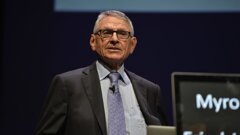




























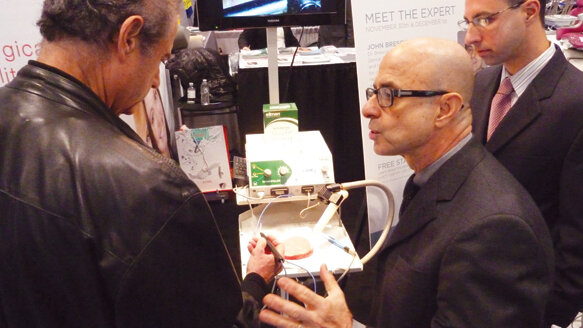



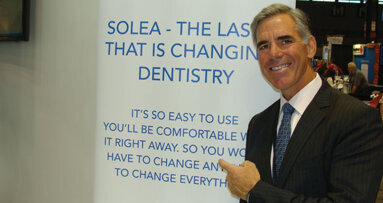
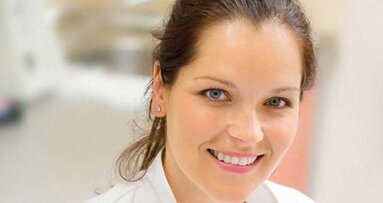
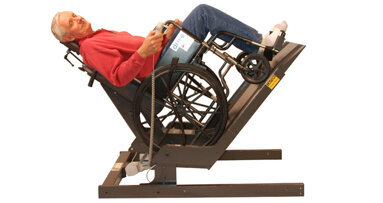
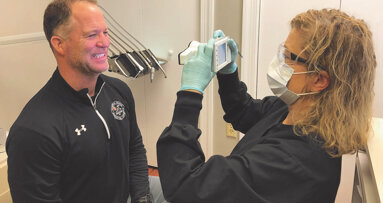

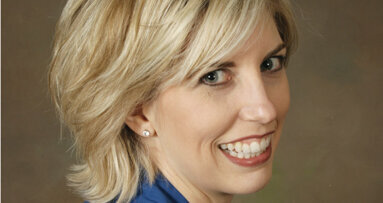
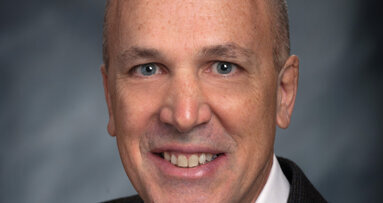
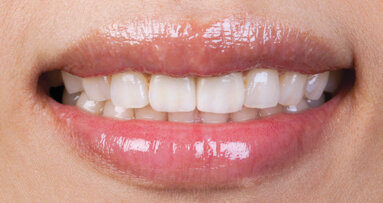
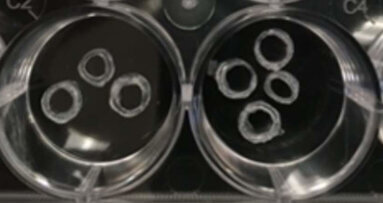
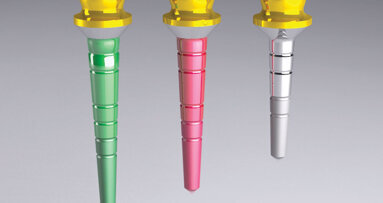

















To post a reply please login or register